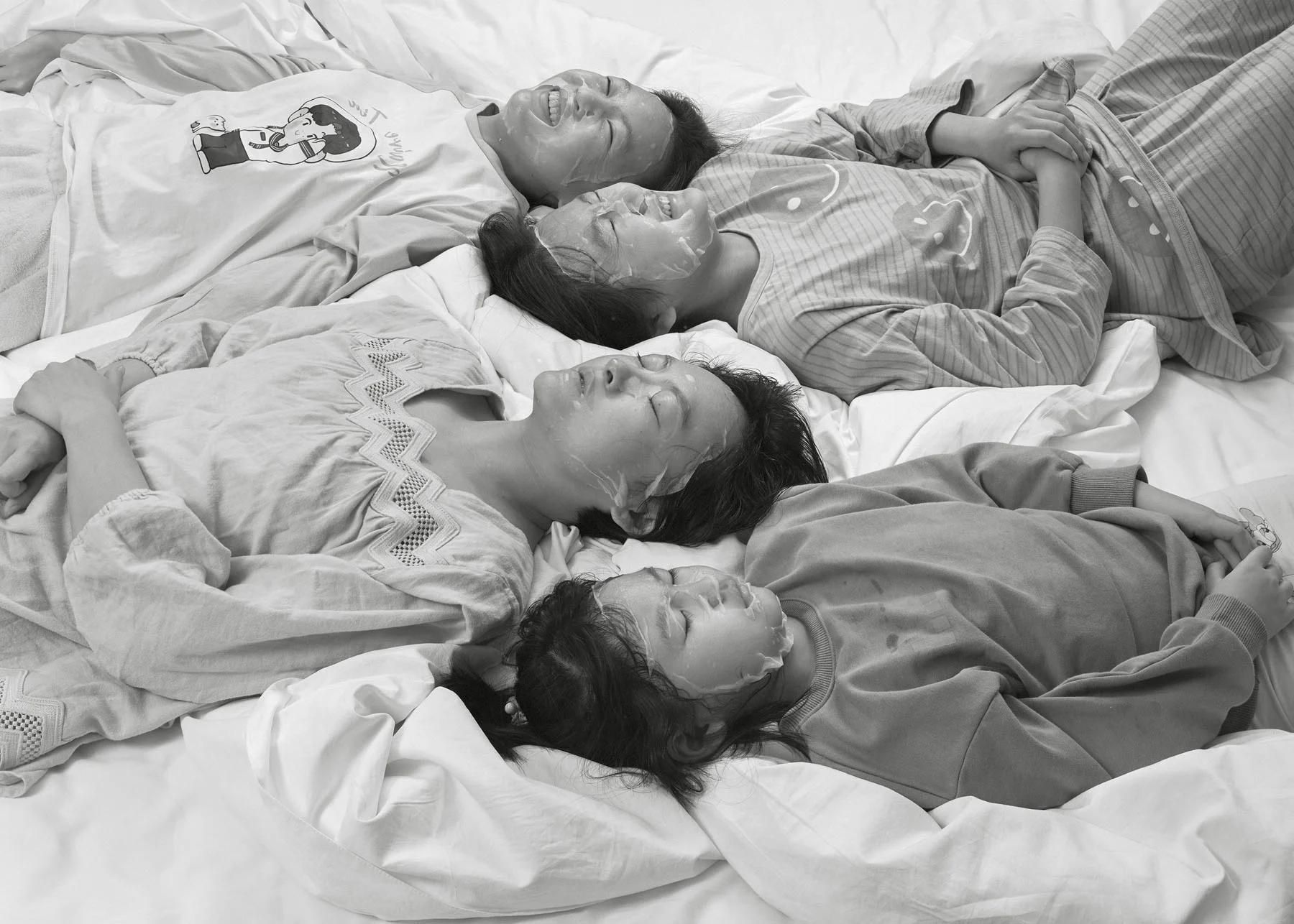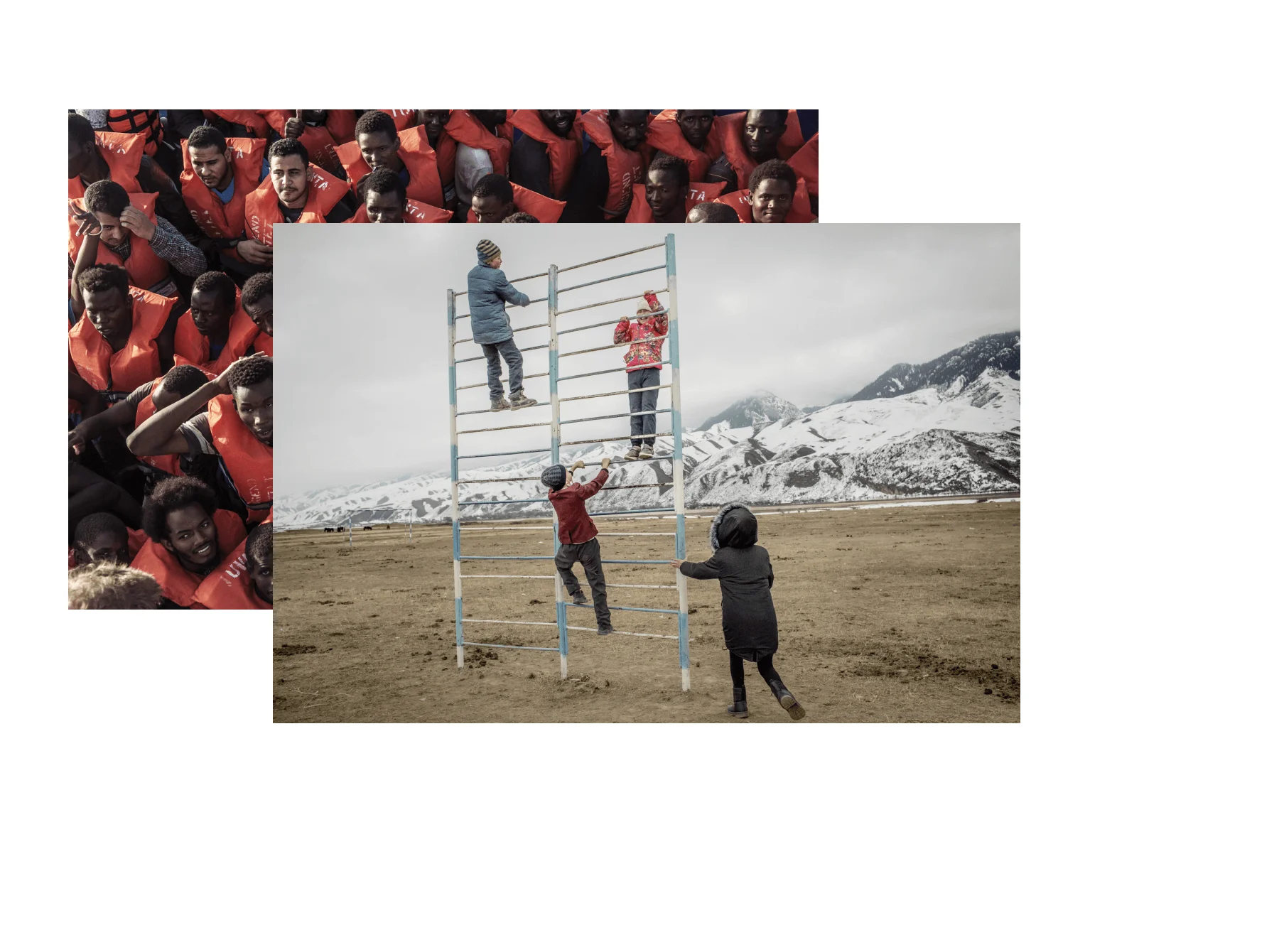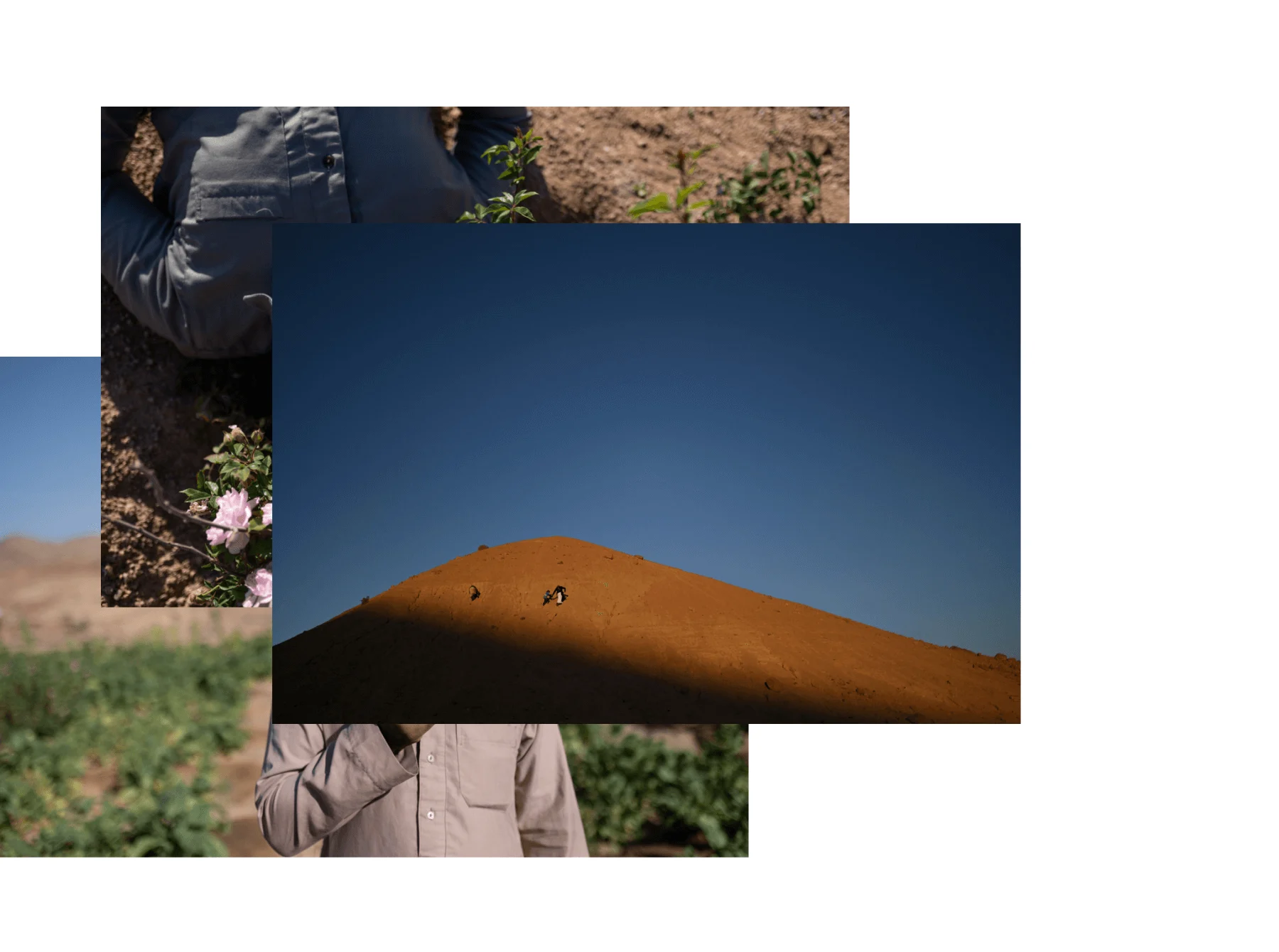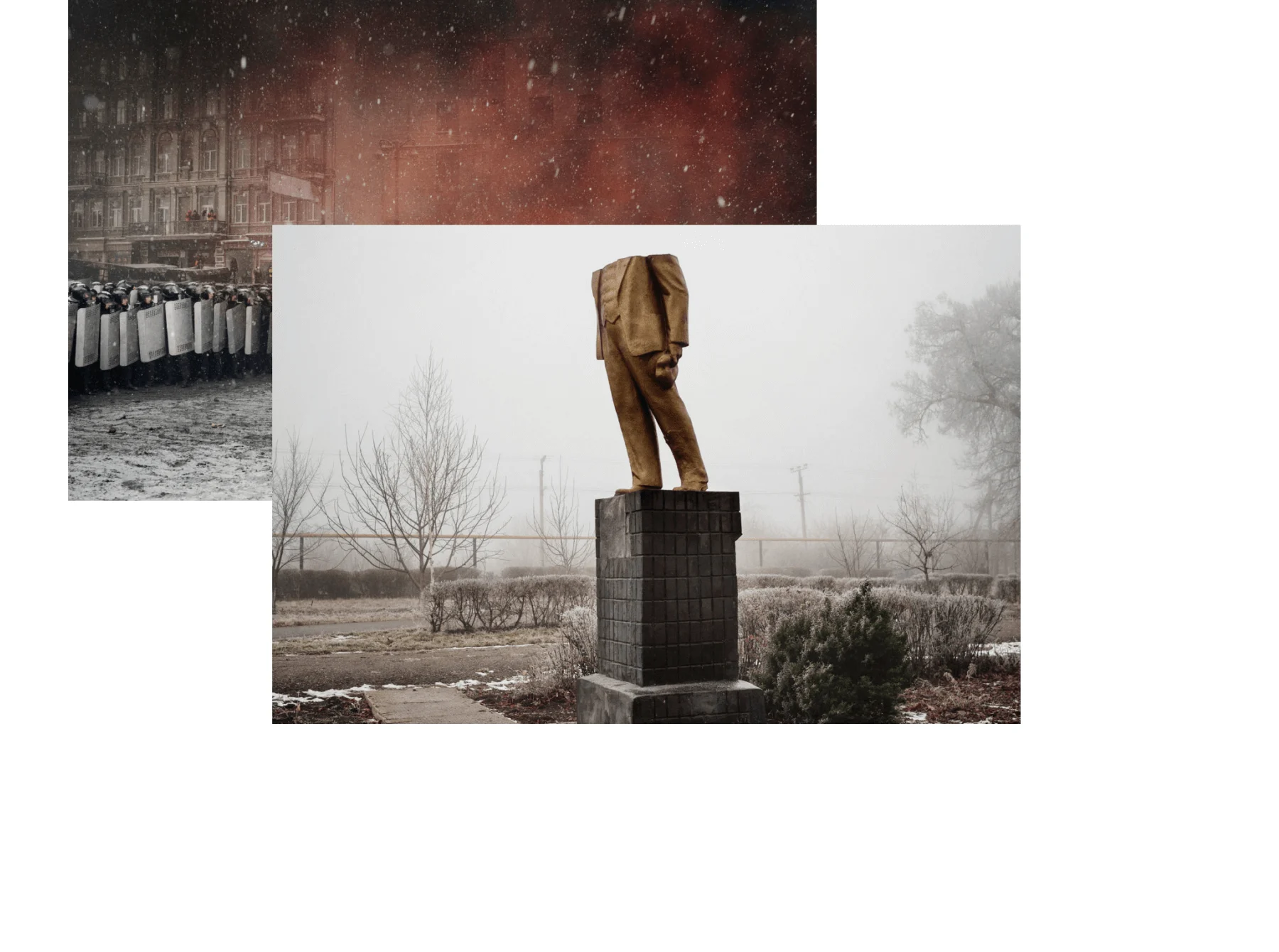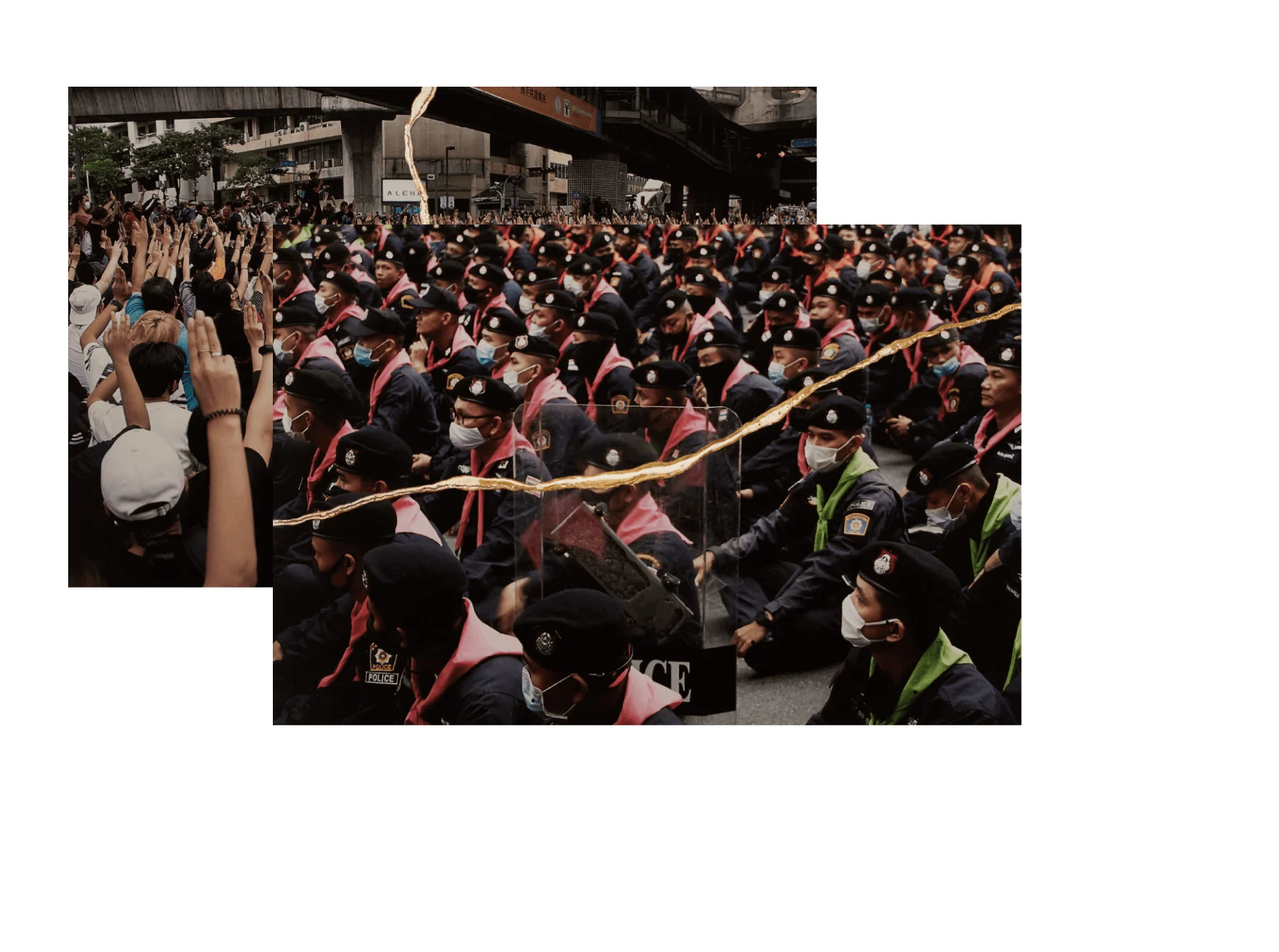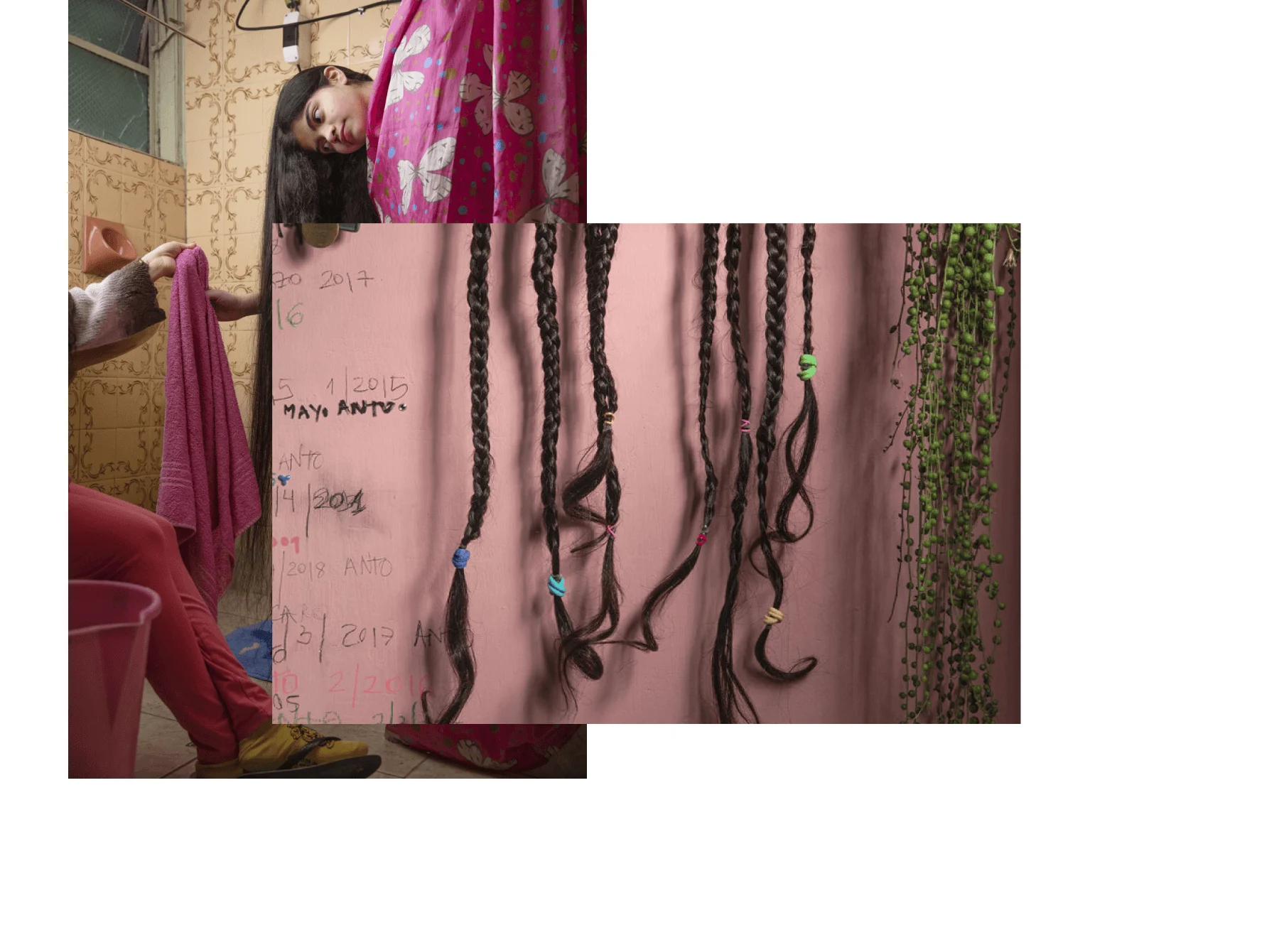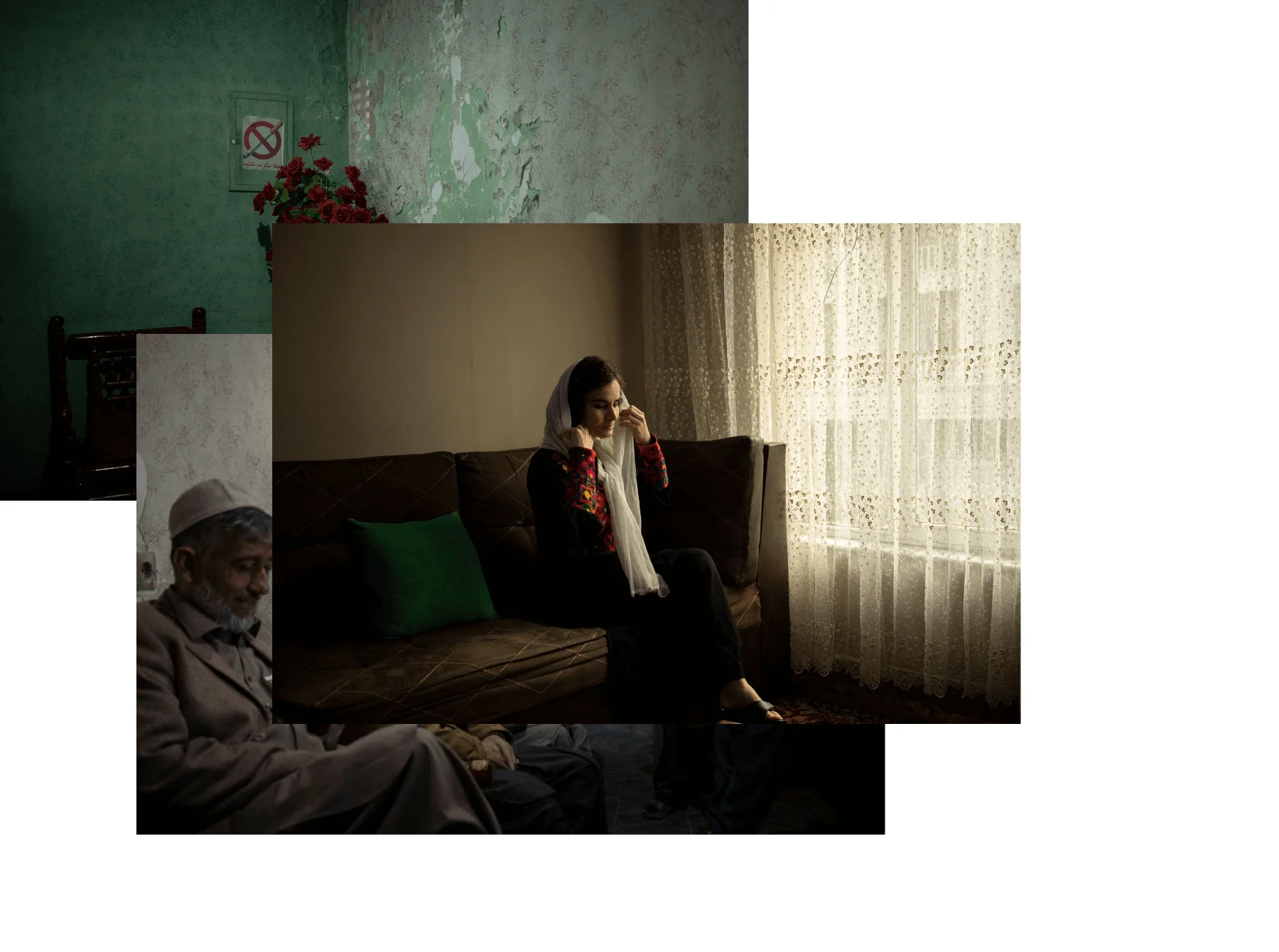

On January 12, 2020, Taal volcano in the Philippines, which had shown no significant activity since 1977, erupted. Plumes of ash and smoke were sent flying into the sky, tremors were felt for miles and 39 people lost their lives. Photographer Ezra Acayan, who works for Getty Images, traveled from his home in nearby Manila and placed himself in the center of the chaos, capturing the eruption itself, as well as the response of the locals, and the impact it had on their homes and livelihoods.
These photos were taken on assignment for Getty Images.
Since 2016, we’ve partnered with the World Press Photo awards to tell the stories behind the best photojournalism around, in the photographers' own words. See the whole series here.
“It was a normal Sunday last year. I was relaxing at home in Manila when I received a text message from my wife. She told me that the Taal volcano was erupting. At first, I couldn’t believe it. Taal is very popular amongst Filipinos. We often go to the nearby Tagaytay ridge, a popular tourist destination, where we get to enjoy a view of the lake and the volcano and where we can breathe better air than what we have here in Manila.
I know that the volcano is active, but its last eruption was in the 1970s, when I wasn’t even born. As soon as I got the text, I went on social media to look for photos and saw a huge plume of ash and smoke as high as the eye could see. My instinct was to call my editor at Getty, and tell him I was on my way. I threw all my equipment in the car and started driving.


The intense earthquakes were making my hotel shake violently.
I made the 90-minute drive to the lakeside town of Talisay, which is one of the closest to the volcano. Before I even arrived, it started raining, and the rain mixed with the ash in the air so it was essentially raining mud. The wipers on my car couldn’t handle the conditions and broke. When I got to Talisay, I went straight to the lake and started photographing the locals as they stood looking in shock at the volcano.
After that, it was evening, and the light was almost gone, so I decided to travel back up the ridge to Tagaytay, a bigger town where I could get supplies and find somewhere to stay the night. When I got there, there was no electricity, and everything was closed. I found a hotel, and requested a room as high up in the building as possible, so that I could see the events from there. Throughout the night, intense earthquakes would come every few minutes, and my room on the 23rd floor would shake violently. The next morning, I looked out the window and everything was just gray. Some of the photos look like they’ve been edited, but everything was just covered in ash.
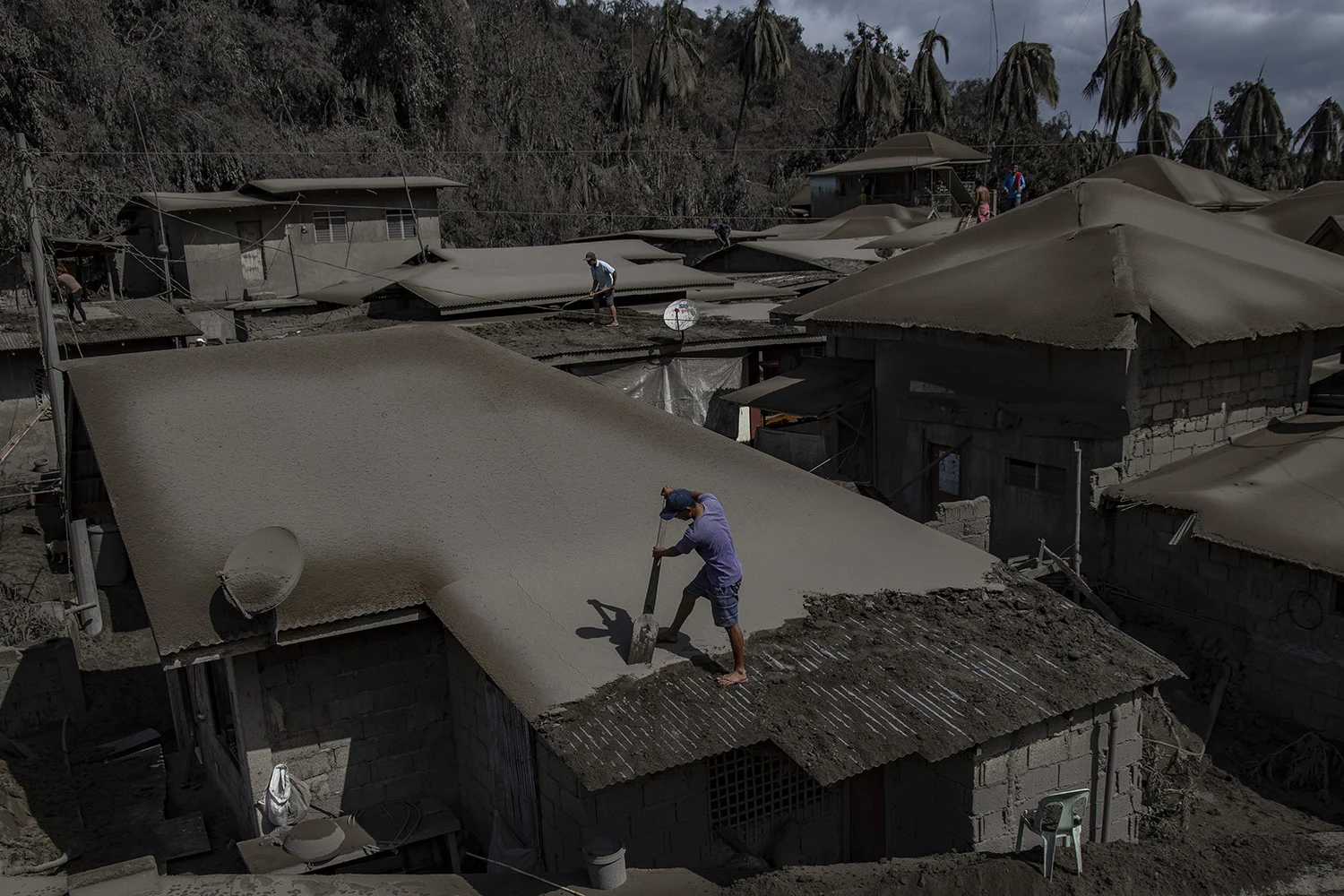


On the third day, I decided to hire a fishing boat and go to the island itself, even though it had been labeled a permanent danger zone. The volcano was still erupting, and the alert was still at level four. Our state volcanologists were warning that it could become level five any time. Going to the island is one of the craziest things I’ve ever done, but as soon as I heard about what was happening to those who live there, I knew that I had to go, that I had to take these pictures so that people around the world could see the extent of the damage.
I was scared, of course, but I have a lot of experience covering tragedies because the Philippines is no stranger to disasters. At least 20 typhoons hit the country each year. I guess the only thing that’s driving me is just to do the best I can to take these important pictures, and to show the public what is happening.

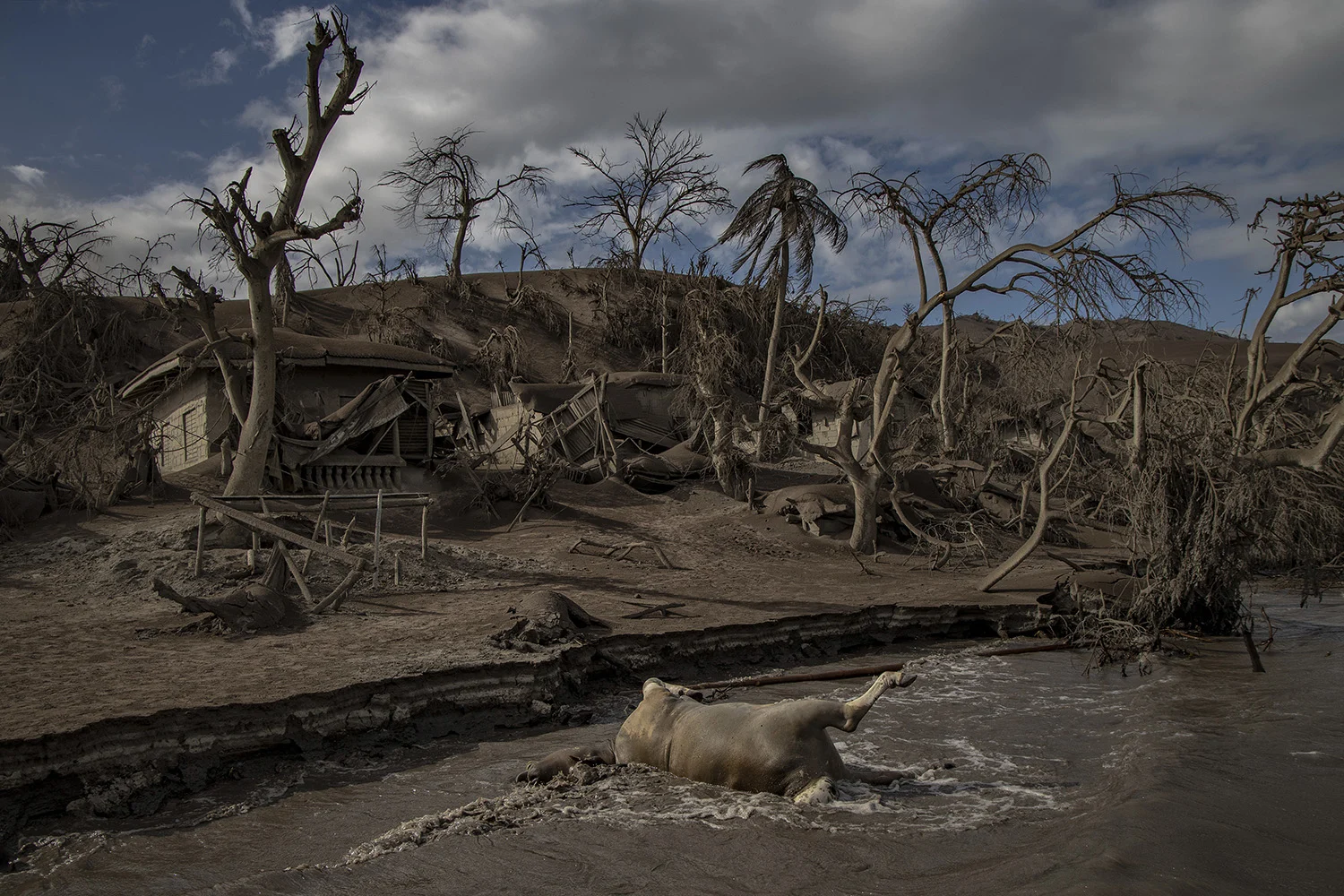
Maybe I shouldn’t have gone to the island, but once I was there, I just had to do the work. I’m already there and the only thing I know how to do is take pictures. I have to try and set aside my emotions. Sometimes I can process them later in the night when I’m resting, when I’ve finished my work. Often, when I’m covering an event where a lot of people have been affected or a lot of people have died, I can’t completely shut off my emotions or detach from the situation because then I won’t be connected to the photos, but I can’t let it get to me so much that it affects my work.
There were still a lot of residents of the island who were going back there. For many of them, the volcano and the surrounding lake are their livelihood. Some give boat tours to tourists, others live on the island itself, right in the volcano’s shadow, and keep horses for visitors to ride or grow crops in the rich volcanic soil. Some people have fishing pens in the lake. The government was just saying that it was a danger zone and that nobody could go there, but we cannot blame these people. They had built their homes there, worked there. I wanted to go with them and take pictures to show that there used to be life there.

I have a lot of experience covering tragedies because the Philippines is no stranger to disasters.
Of course, I took some photos of the eruption itself, of the volcano and the lightning in the sky around it, but a lot of my photos simply show peoples’ houses, and the way those people reacted to everything that was happening. I wanted people to understand that these are people’s lives and their homes being destroyed. Some people were judging those who decided to go back to the island when they were told not to, but I hope my photos can show why they felt they had to.
Before the eruption, it was such a beautiful place. It was one of the few places near Manila that still had a lot of greenery, a lot of nature, so it was heartbreaking to see it like this. For the locals, Taal gave them jobs, it gave them a livelihood, so I guess it’s always been in their best interests to care for the volcano. When it’s the cause of so much destruction, it’s difficult, but Taal is still a part of their home.”







